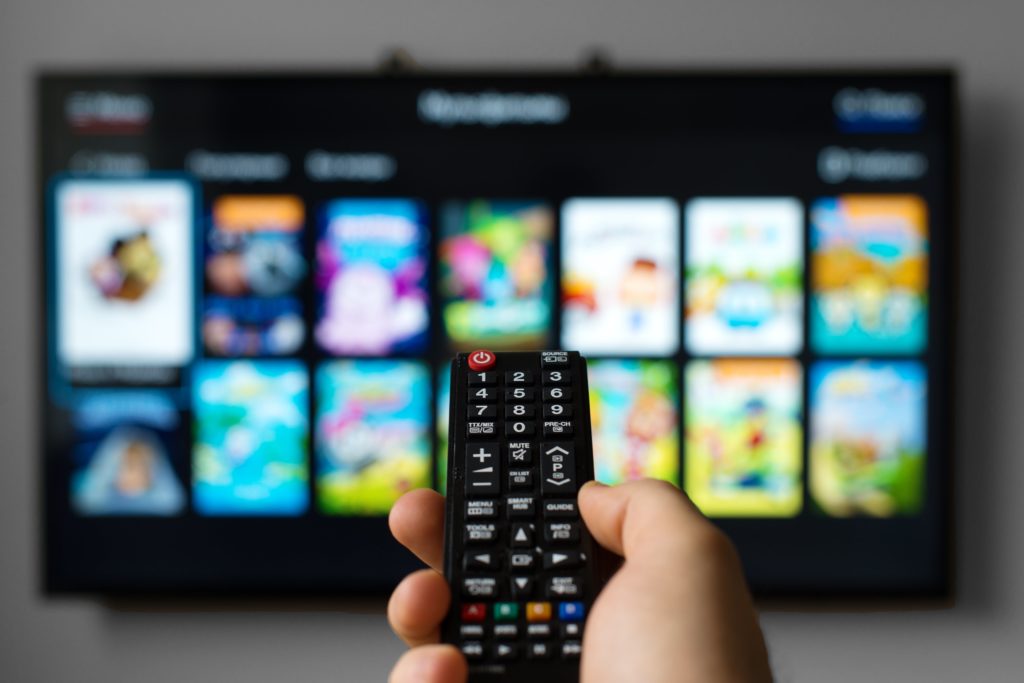How We Share Spectrum
A picture’s worth a thousand words. When we discuss relatively complex subjects such as spectrum sharing this adage is especially true.
It’s common to hear proposals for spectrum allocation divided into two buckets, shared and unshared. Wi-Fi goes into the first one, and 5G goes into the second.
This practice obscures the fact that nobody builds a communication network for any purpose but to share spectrum between multiple users. All wireless networks share spectrum, they just do it in different ways.
The Unlicensed Way
Wi-Fi, Bluetooth, and some satellite systems run on unlicensed spectrum. In the unlicensed model, any device that is certified by the FCC as conforming to rules is allowed to use the spectrum.
While the FCC doesn’t typically specify how unlicensed spectrum is managed, the fact that anyone can access it at any time – no one owns it – means distributed management approaches are more practical than centrally managed ones.
So Wi-Fi most commonly uses a listen-before-talk system where any device is free to jump onto the air whenever it senses silence. When working well, this system functions like a small cocktail party.

Lightly loaded Wi-Fi
Does This Always Work?
When you’re in a large space with a small number of people, this system works well. But we’ve all been to crowded gatherings where the noise level is too high for conversation.

Too much noise for conversation
When the room is crowded and music is playing we can’t communicate by speaking, so we dance. This is fun, but the information it conveys tends to be fairly limited.
In the real world, people who live in apartment buildings with a lot of tech-savvy neighbors tend to have problems with Wi-Fi. One of the consequences of the stay-at-home life is a lot of Wi-Fi usage.
So the FCC has to continually allocate ever more unlicensed spectrum in order for Wi-Fi to feel more like a cocktail party than a disco. This process becomes more difficult over time.
Licensed Spectrum is More Efficient
Decentralized, unlicensed, listen-before-talk is fine etiquette for small groups of people, but it doesn’t scale to large groups. Hence, humans us a different protocol in group settings where everyone needs to hear each speaker and speakership needs to rotate to everyone in the room.

Scheduling licensed spectrum
In classrooms, lectures, panel discussions, and other public meetings we use moderation. Raising a hand and waiting to be called before speaking makes this kind of interaction possible.
For machines, waiting for a period of silence before speaking means the system will never be more than 50% efficient. When spectrum is scarce, this is an unacceptable penalty so we use scheduling.
In commercial systems the moderator – the ISP who operates the network – has an incentive to make everyone happy, so scheduling works well. It also prevents any one person or device from hogging the network.
The DoD’s Hybrid Model
The Defense Department has been experimenting with novel spectrum management models since forever, becoming increasingly bold since the 1990s. Its current idea is a kind of dynamic spectrum sharing that’s neither novel nor especially dynamic.
DoD wants to assign all the spectrum held by federal agencies to a custodial firm such as Rivada Networks that would lease some of it out to commercial carriers and keep some for government purposes.
Under this plan, each spectrum band would be shared twice, once between the carriers and each other, and a second time among all the customers of each carrier. The closest real world analogy is cable television, where one operator provides carriage to multiple TV networks, each of which has multiple viewers.

DSS per Pentagon Model
DoD’s contractor holds the remote in this model. This is basically public relations sleight-of-hand, a proposal that the agency hopes to sell to members of Congress by preying on their relative ignorance of wireless engineering. Sharing the same spectrum twice is less operationally efficient than sharing it once in a classroom model.
In Conclusion
Spectrum management is most efficient when each band in each geographic area has a single manager and a number of users. It can work quite effectively without a centralized manager in each area when demand is low and available spectrum is high.
Subscription services such as 3GPP mobile phones use the first model and “free” systems like Bluetooth and Wi-Fi use the second model. There is no working third model.
Barring the advent of some new technology that allows you and your neighbors to use the same band at the same time with absolutely no interference, this is all there is. We will have have such a technology someday, but we don’t have it yet.



